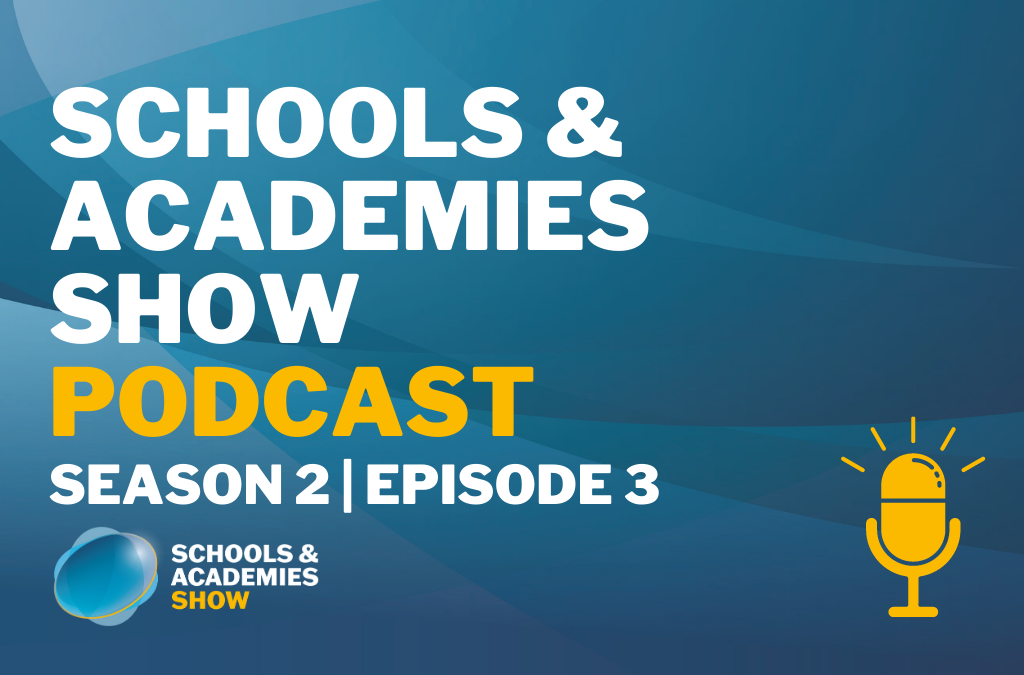Using Pupil Data to Improve Outcomes
There’s a vast well of information teachers and school leaders can dip into to inform their decision making. That well is pupil data.
.jpeg?width=2800&name=leon-X8H8vPcelPk-unsplash%20(1).jpeg)
Across the world, within various industries and sectors, data is being used to fundamentally change how organisations develop and innovate. One public sector area has the most potential when it comes to leveraging data; education.
Not every teacher has the means to collate or drill down into all the data. Data can be used to improve specific classrooms, curriculums or entire school systems. For example, Ofsted takes data (such as academic performance and pupil numbers) into account when inspecting a school.
- What Pupil Data Is There?
- Choosing What to Measure
- Which Data Type For Which Stakeholder?
- How Can Pupil Data Be Used to Improve Outcomes?
What Pupil Data Is There?
Data is produced in many forms within the school environment. There are more legislative types of data, such as pupil numbers, age cohorts and the like. But more importantly, there's performance data, which is generated upon the submission of things such as:
- Formative assessments
- Summative assessments
- Individual assessments
For institutions such as high schools, colleges and universities, there's also:
- Student retention rates
- Year-on-year enrollment rates
- Graduation rates
Much of this constitutes ‘big data’ — the kind that can be used to make strategic decisions. For example, a school may find a specific age cohort struggling with a part of a curriculum. Changes can be made to provide more support or change that curriculum.
Choosing What to Measure
Data strategies can only be pursued when schools determine what they want to track. However, this shouldn’t be based on what the data is, but what it tells them. Will the data answer the questions? Will it provide actionable evidence for forming teaching strategies?
This will differ for every institution, depending on factors such as budget and the capacity of staff. Overall, data must be useful and relevant, rather than being unnecessary. Teachers must differentiate between useful data and ‘surplus data’, which may be a data type that there's a lot of, but doesn’t actually help teachers see the big picture any clearer.
Surplus data only convinces teachers and school leaders that data is being collected solely for the purposes of reporting. It can also be used to unnecessarily group pupils, exacerbating any unconscious biases being experienced.
Which Data Type for Which Stakeholder?
Nobody will use each data type. Classroom-specific data would be used primarily by teachers, whereas school leaders will most likely use data that applied school-wide.
Teachers
Teachers will use data generated by things such as tests to assess performance and progress. They can also use contextual data to determine the causes of poor performance, using it to come up with solutions. Data can also be used for self-evaluation.
Heads/School Leaders
Headteachers and school or institution leaders will look at overall performance, tracking things such as cohort achievement, staff performance, pupil satisfaction and resource use. This goes on to inform policies and strategies going forward.
Parents
Parents are one of the key actors in keeping pupils engaged in their studies outside of school hours. They appreciate information on their child’s progress, alongside any behavioural issues that might be occurring.
Parents and communities need information on students’ achievement, including their strengths and weaknesses, and any behavioural issues. They're worried about public examination results as performance decides how their children progress to further education or employment.
Parents and school staff can agree on an agenda for action to support student needs. Parents can support school improvement through parent-teacher associations and school boards.
How Can Pupil Data Be Used to Improve Outcomes?
While it ultimately depends on the institution to decide how they'll use pupil data, there are several universal methods:
Develop the Curriculum
Which parts of the curriculum display the best performance? Which display the worst? The data on this will inform school leaders on what's working and what isn’t. It’s up to those in charge what’s decided.
For example, some schools may decide to axe certain study focuses. Others may choose to focus on supplying that underperforming subject with more resources.
Helping Struggling Pupils
Data helps teachers assist students when they’re struggling. Teachers take action before they begin to struggle. By tracking performance, teachers can begin to see dips or consistent patterns, allowing them the visibility to develop solutions before things get too negative. Data allows for proactive responses, rather than simple reactions.
[CTA - TBC]



